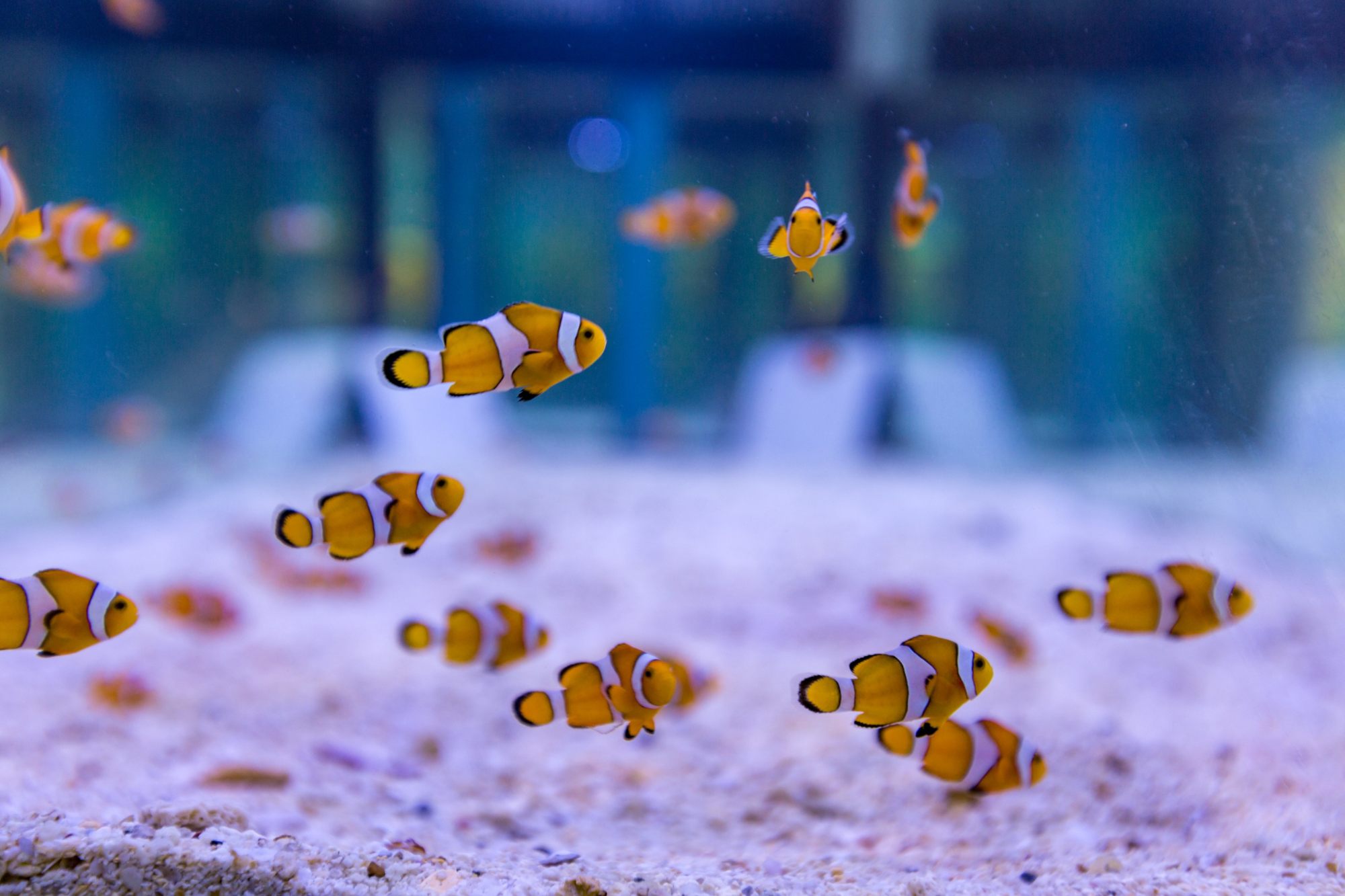Drawing the eye as the boat enters Loh Ba Gao Bay are the many traditional long-tail boats, decorated with colourful flowers, anchored near the shore. Owned by independent tour operators, they are waiting to take resort guests out on excursions.
Staff lead arriving guests by the hand as they step onto wooden decking above the clear, emerald-green water of the Andaman Sea. A Filipino band, who have been with the resort since the 2000s, serenade arrivals as they prepare to check in.
Walking past the cabanas lining the bay leads to the open-air lobby, and a welcome drink of pineapple and coconut. Jars of Thai snacks – dried papaya and pineapple biscuits – can be found in the middle of the lobby, available to guests at any time of the day or night.

Tell us more
The resort’s 189 thatched bungalows are built in the traditional design of fishermen’s houses in southern Thailand, although it seems unlikely that fisherfolk would have minibars and rainshowers installed. The ones with the best views are the 14 that face the white-sanded beach. More exclusive still are the 12 Hillside Pool Villas.
While quiet Loh Ba Gao Bay is not as dramatically long as the beaches in Phuket, it provides ample opportunities to get intimate with nature; the black blots near the shore, for example, are dense schools of tiny fish, and birds of many species glide and swoop above the sand.

Look up from the beach at night and you’ll see myriad stars, dotted like pinholes in a black canvas. In the morning, the dots are mirrored on the white sand, and are created by crabs.
What sets the resort apart from others on Phi Phi island?
Its dedication to marine conservation, essentially, demonstrated through the building of an educational facility on site in 2018 and a range of environmental initiatives over the years.

Thirty bamboo sharks have been released by the resort since 2021 and 149 clownfish will be released in 2024.
According to Bart Callens, the cluster general manager of SAii Resorts, other resorts in the area have been so impressed, they wish to start similar initiatives.
The resort has also been active in restoring coral and, as drone photos reveal, there was a 37 per cent growth in the total coral area in the surrounding waters between August 2022 and September 2023.

Mangroves are common in the islands, the name of which actually derives from the Thai term for mangrove trees: pokok api-api.
During kayaking trips, guests can also collect rubbish from the forest, a total of 1,984kg (4,400 pounds) having been retrieved in this way.

The Phi Phi Islands are part of the 388 sq km (150 square mile) Hat Noppharat Thara-Mu Ko Phi Phi National Park, and the resort works with Thailand’s Department of National Parks to ensure that every initiative carried out by SAii Phi Phi is of benefit to the marine ecosystem.
What other activities are there for guests?
Five restaurants, three bars, a spa, a gift shop, a PADI dive centre, a gym, two swimming pools and tennis courts ensure there’s plenty to do for guests who aren’t out saving the environment.

The main restaurant, Api, is on the beach and provides a comfortable, breezy dining experience.
Not surprisingly, seafood features prominently at the restaurants, and the main ingredients are bought from local fishermen.
The Lèn Forest Spa stands on a small, secluded hill, offering sea views from its massage rooms. The chirping of birds in the trees that surround the spa provides the background music.

A short boat ride with a resort guide leads to Phi Phi Leh – the smaller of the two main Phi Phi islands – and one of the most beautiful snorkelling sites in the world, teeming with fish of all sizes and colours.
Boats are also on hand to transfer guests to Tonsai village, which is as downtown as Phi Phi gets.
How much does all this cost?
Nightly rates including breakfast in a single-bed Deluxe Garden Bungalow (the lowest tier of room) begin at 13,600 baht (US$380). Single-bed Deluxe Sea View Bungalows begin at 22,900 baht.







